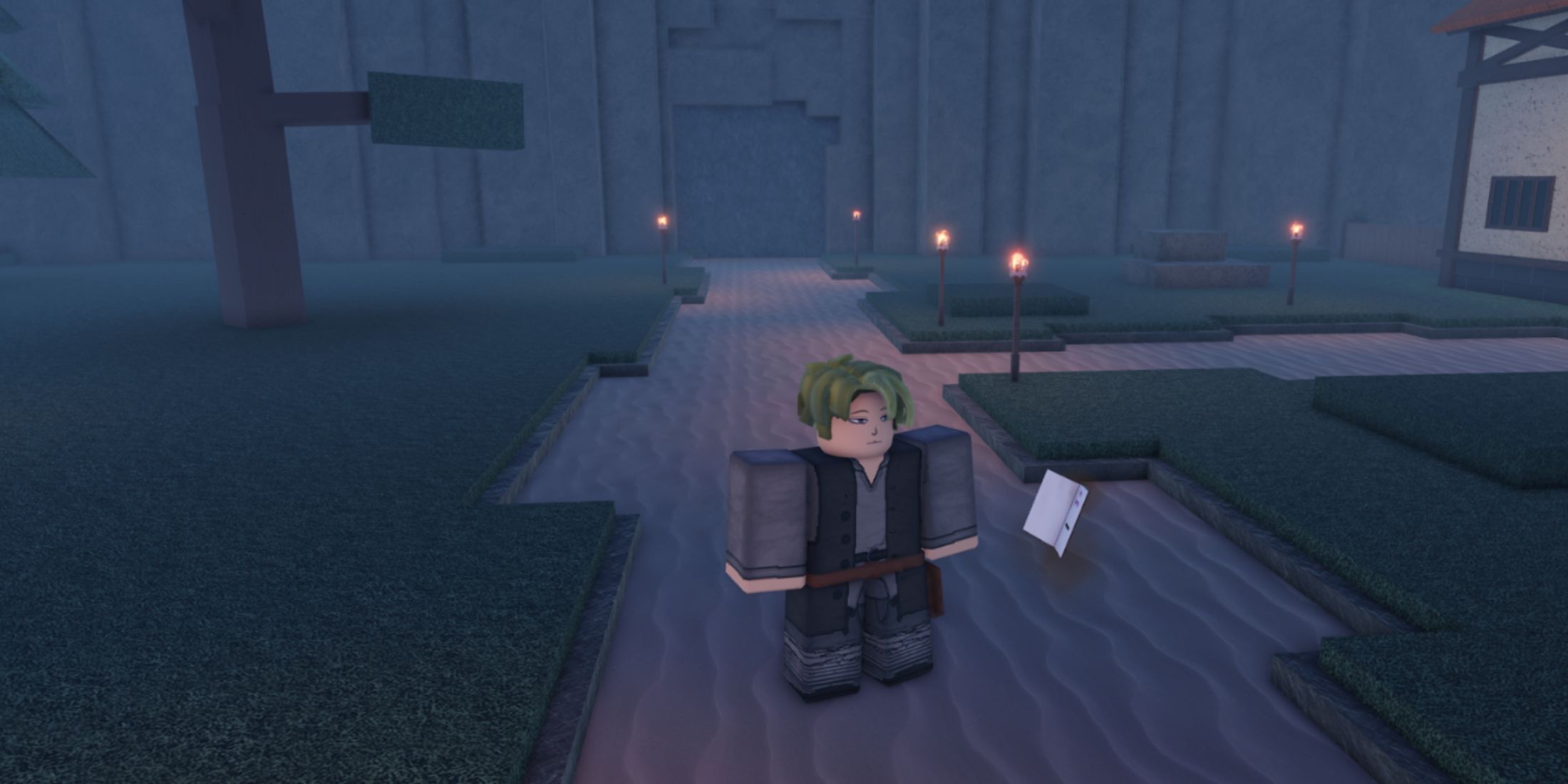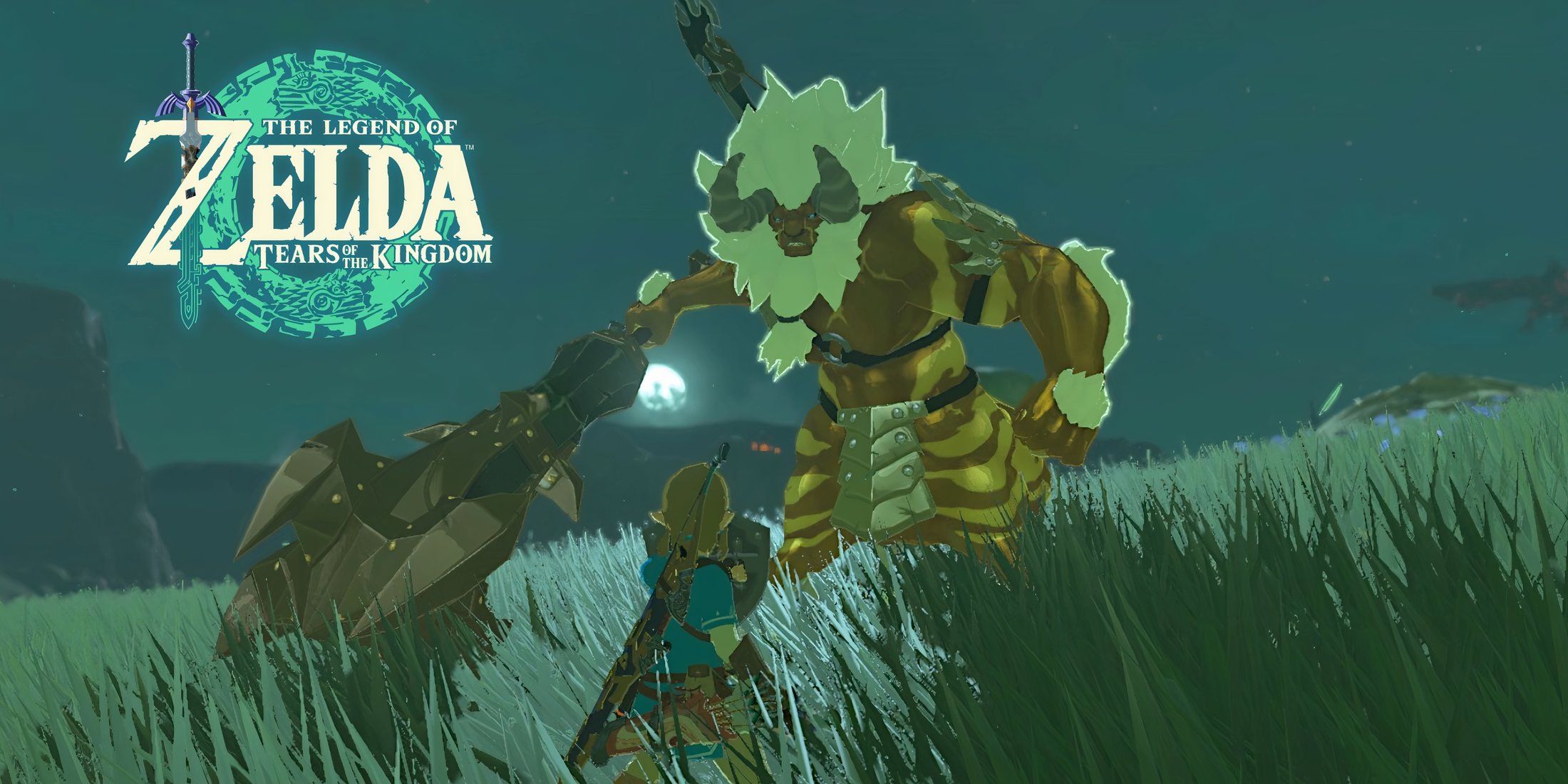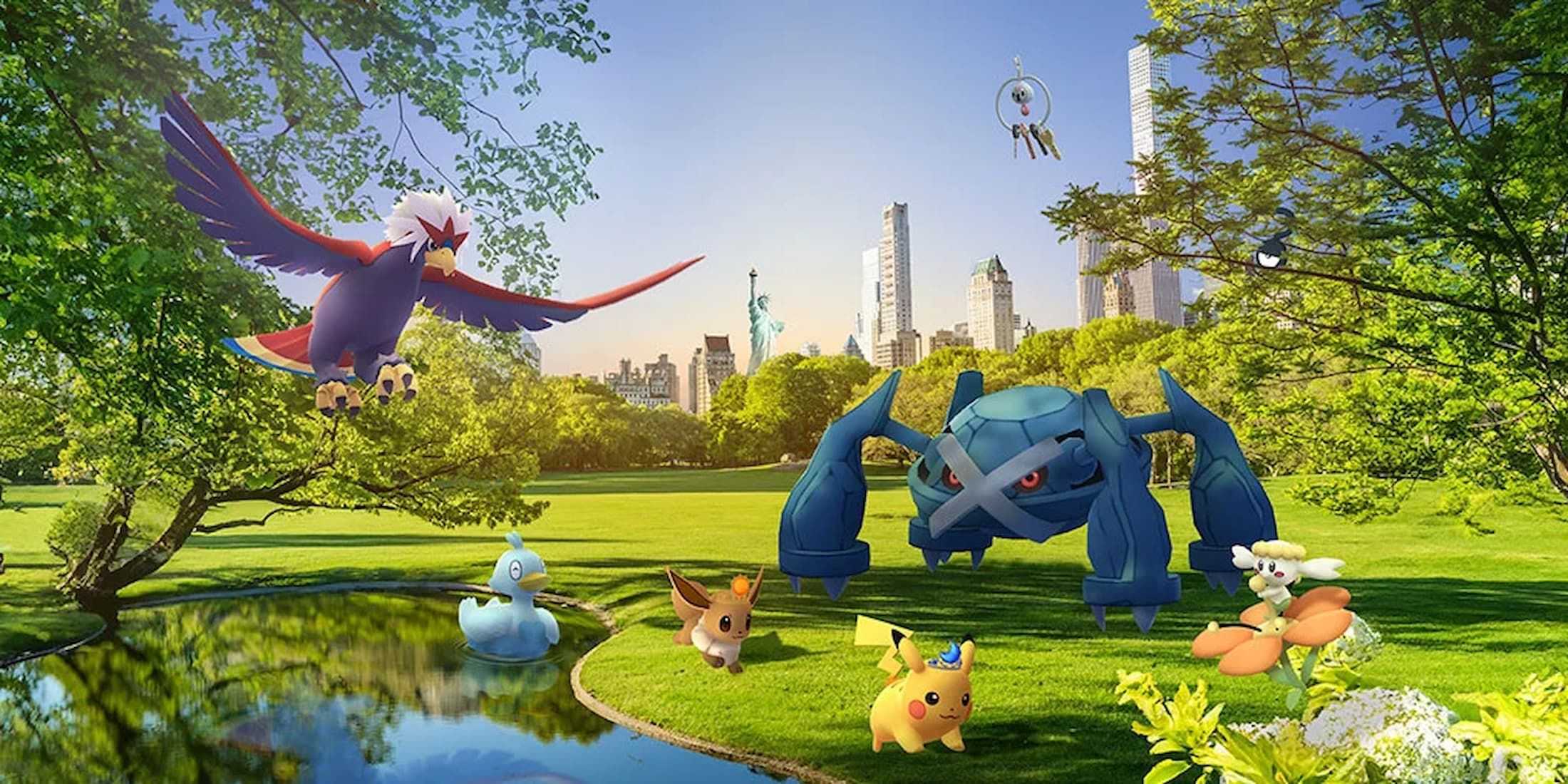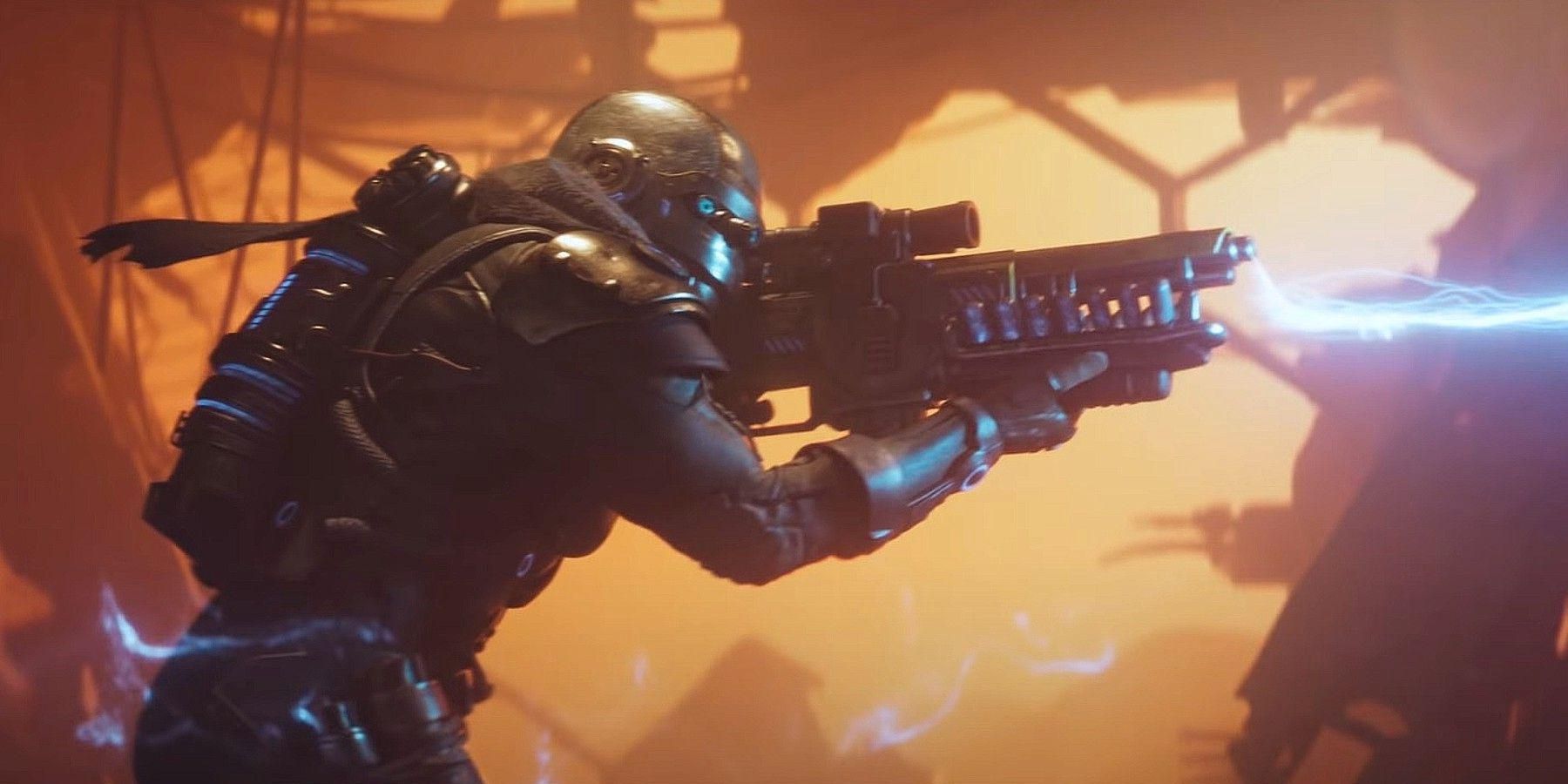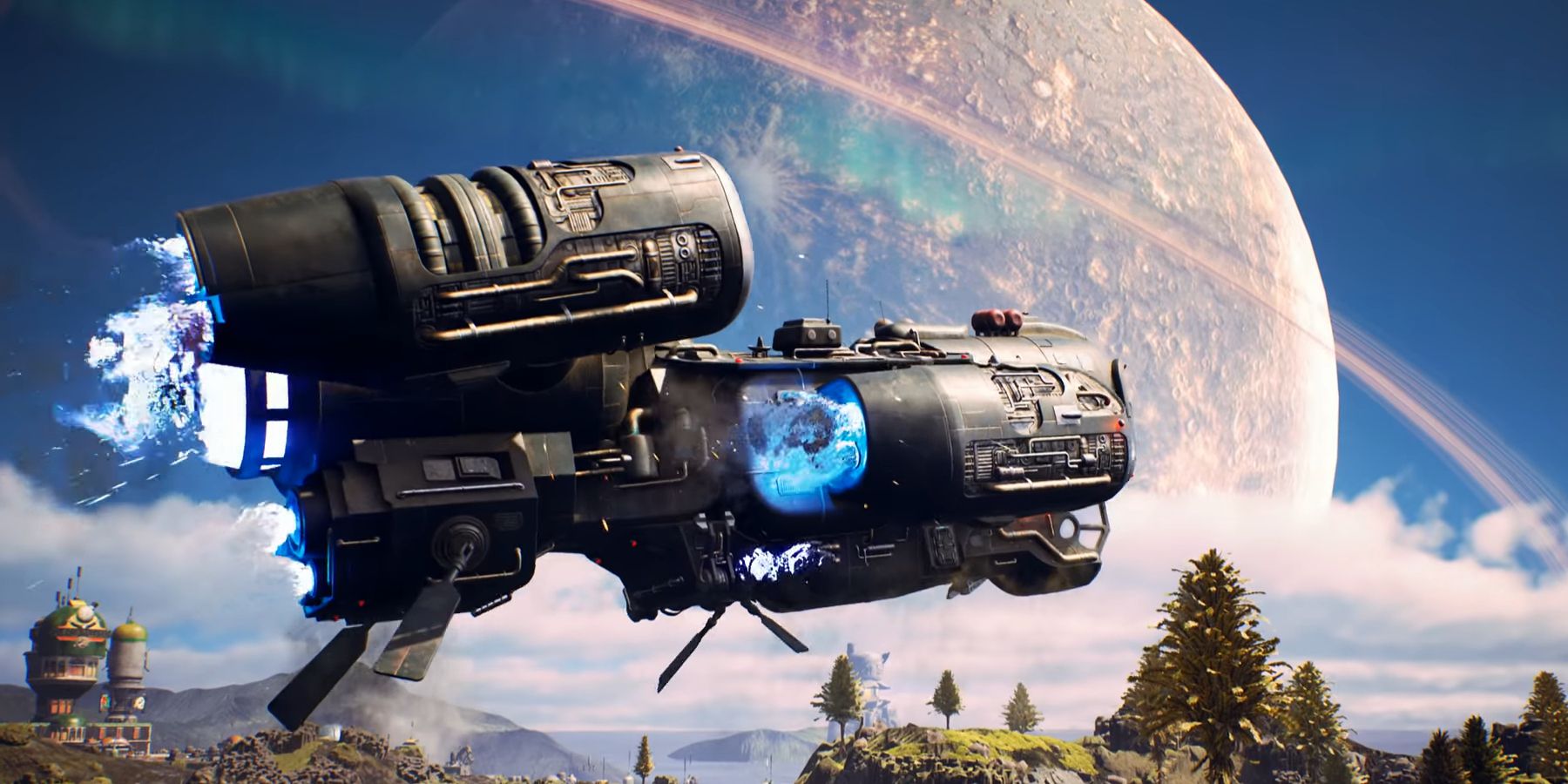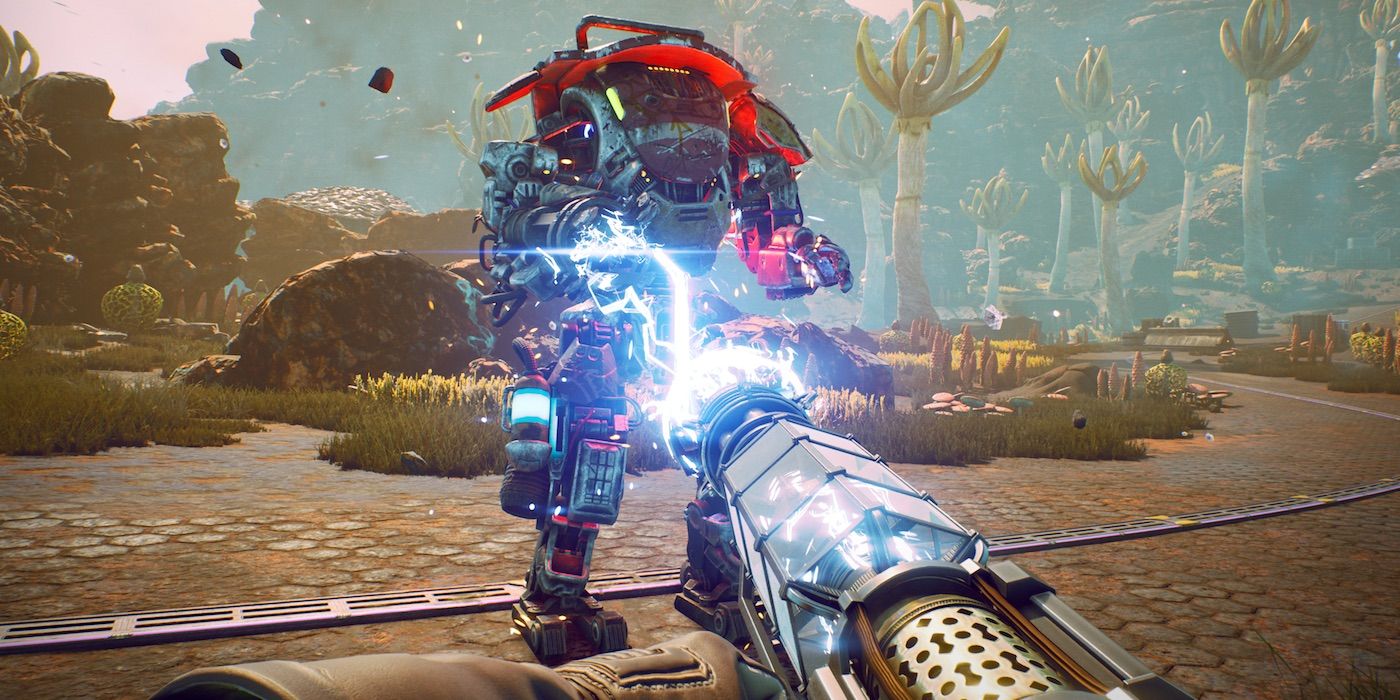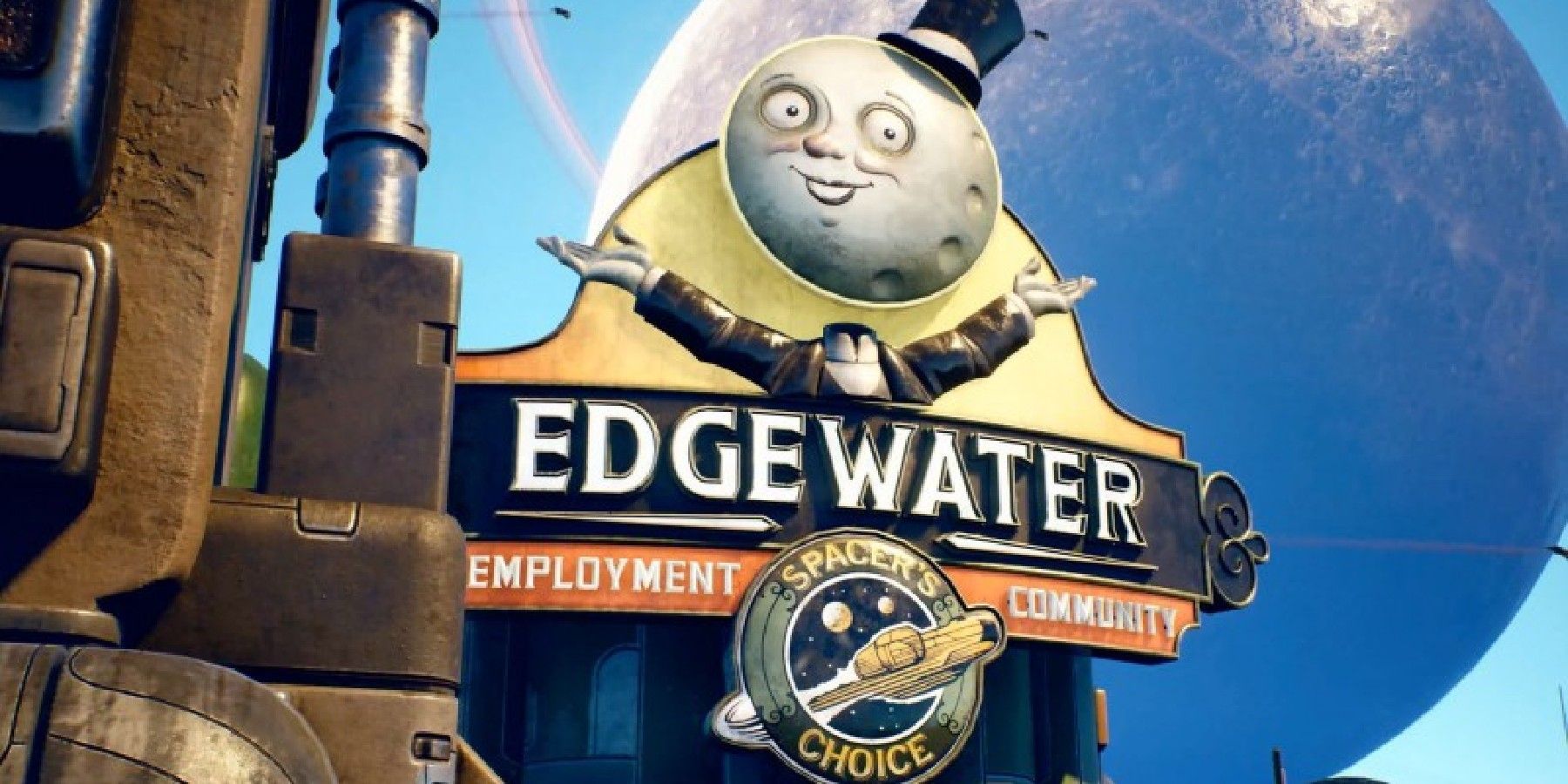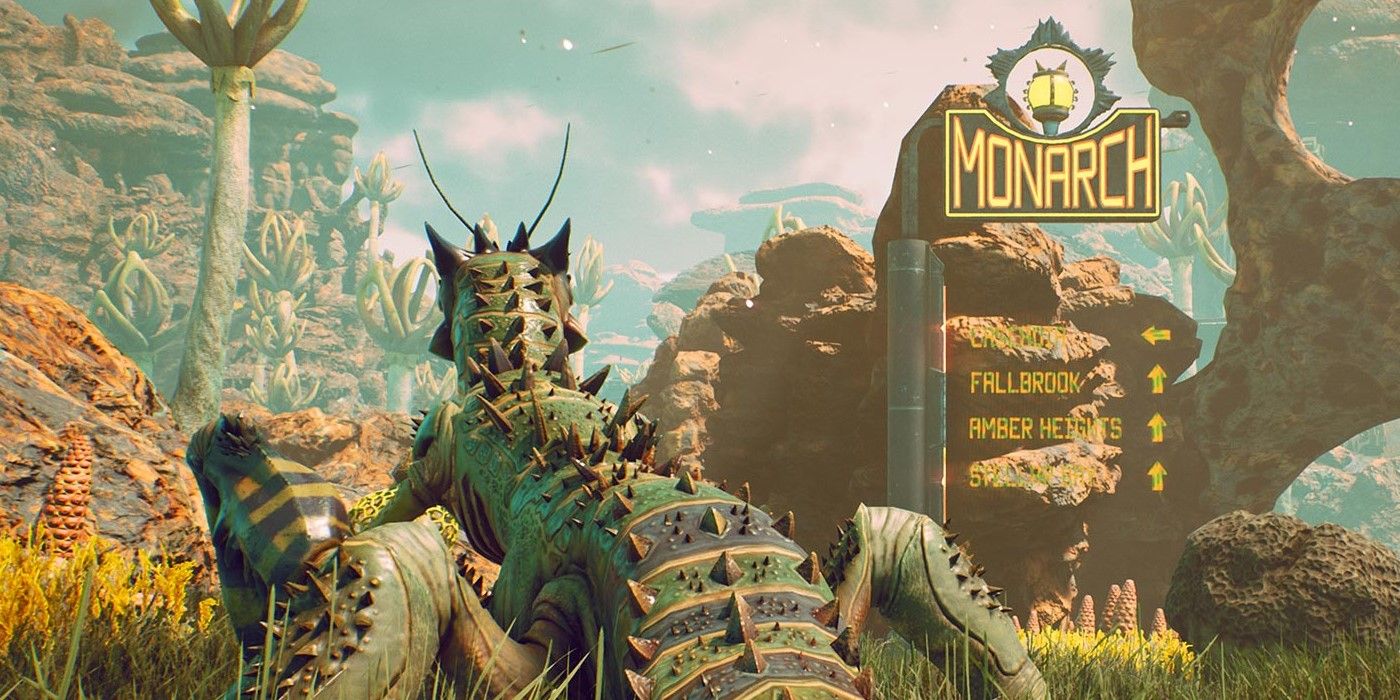Back in 2019, Obsidian Entertainment released The Outer Worlds as its first step into a brand-new, retrofuturistic universe, and The Outer Worlds 2 will eventually capitalize on that. Praised for its dystopian setting, the sci-fi RPG proved that the developer could still capture the best aspects of prior games like Fallout: New Vegas and KOTOR 2, albeit on a smaller scale. It's no secret that The Outer Worlds had limited world design as a consequence of budget, scope, and other creative factors that affect the development of new IPs. However, it did establish a highly focused, branching storyline - a formula that is destined to be expanded upon in The Outer Worlds 2.
Set far from Earth, Obsidian's setting is one where colonists make do with dingy, tub-like ships that just barely shield them from the perils of outer space. It all culminates in a throwback to the scrappy structure of the original Fallout games, where quest hubs are complete with diverse stories, NPCs, and a share of odd discoveries off the beaten path. While not entirely seamless, The Outer Worlds embraced its CRPG roots in allowing players to freely influence Halcyon's factions, being able to create any character they want or even kill major quest givers. Tradeoffs and consequences made the first game special, but the team can take that lead by adding more to The Outer Worlds 2.
Obsidian Should Highlight Random Encounters in The Outer Worlds 2
Speaking of additions, it wouldn't hurt to see more random encounters in the sequel. Fans of the first game will remember that the system map automated the ship's flight around the Halcyon Colony, which was an element reminiscent of the original Fallout's overworld view. What was missing, however, were activities between those transitions. In fact, there really wasn't a way to observe the ship's motion beyond the map UI itself. If Obsidian is bringing any significant improvements to The Outer Worlds 2's gameplay, then mid-flight encounters would be one route to immerse players during interplanetary traversal.
Whether hailed by friends or foes, random encounters might introduce a greater variety of chance interactions that make space seem less empty. The "Starship Hunters" quest from the Peril on Gorgon DLC hinted at enemy boarding parties, so it isn't too unrealistic to think that Obsidian is already aware of the potential in features such as these.
Greater Combat Variety is Needed in The Outer Worlds 2
On-foot gunplay in The Outer Worlds was serviceable, but to some, it got repetitive near the endgame. Under Microsoft, it's possible that Obsidian now has the resources it needs to meet its ambitions by combining action with RPG mechanics. On top of The Outer Worlds 2's character specializations, proper equipment variety requires extra handguns, melee weapons, and rifles to complement their respective skills. Throwable explosives, like grenades, were another omission, and those item categories may also help character builds weighted on mobility.
With movement in particular, the original's Dodge skill could use an upgrade by applying variable gravity on different planets or adding rocket boots as seen in the reveal trailer of The Outer Worlds 2. That said, an overall tune-up of combat would likely be appreciated. For instance, targeting enemies in Tactical Time Dilation (TTD) was a respectable, freeform alternative to VATS from the Fallout series, but the combat sandbox will probably fall flat unless AI is improved accordingly - including better reaction times, new enemy types, and more complex behaviors as well.
The Outer Worlds 2 Can Increase Its World Reactivity
In the first game, NPCs were usually responsive toward the player's actions throughout the story, though they are not as simulated as larger, big-budget RPGs. Here, Obsidian has the chance to make worlds more lively by further integrating its own brand of player choice. Similar to how The Outer Worlds' ending slides were detailed, the sequel should try to present an organic buildup of consequences, like towns switching allegiances or characters moving between locations over time. Seeing these kinds of effects could be a powerful way to show how decisions can really matter in-game.
Letting Players Explore More of The Outer Worlds' Colonies
The Outer Worlds may have been small relative to the Bethesda titles it's compared with, but it did have a charm that was endearing to those wanting a tighter, replayable RPG. To differ from Bethesda's Starfield and its open-world sandbox, The Outer Worlds 2 could offer wider, interconnected biomes, lending itself toward directed exploration across handcrafted zones. It's been confirmed that the sequel will take place in a different star system from the first game, so might be an opportunity to open up that universe regardless. Being a part of Microsoft's first-party lineup, Obsidian should be in a better position to deliver a true AAA sequel without any glaring compromises.
The Outer Worlds 2 is in development.

